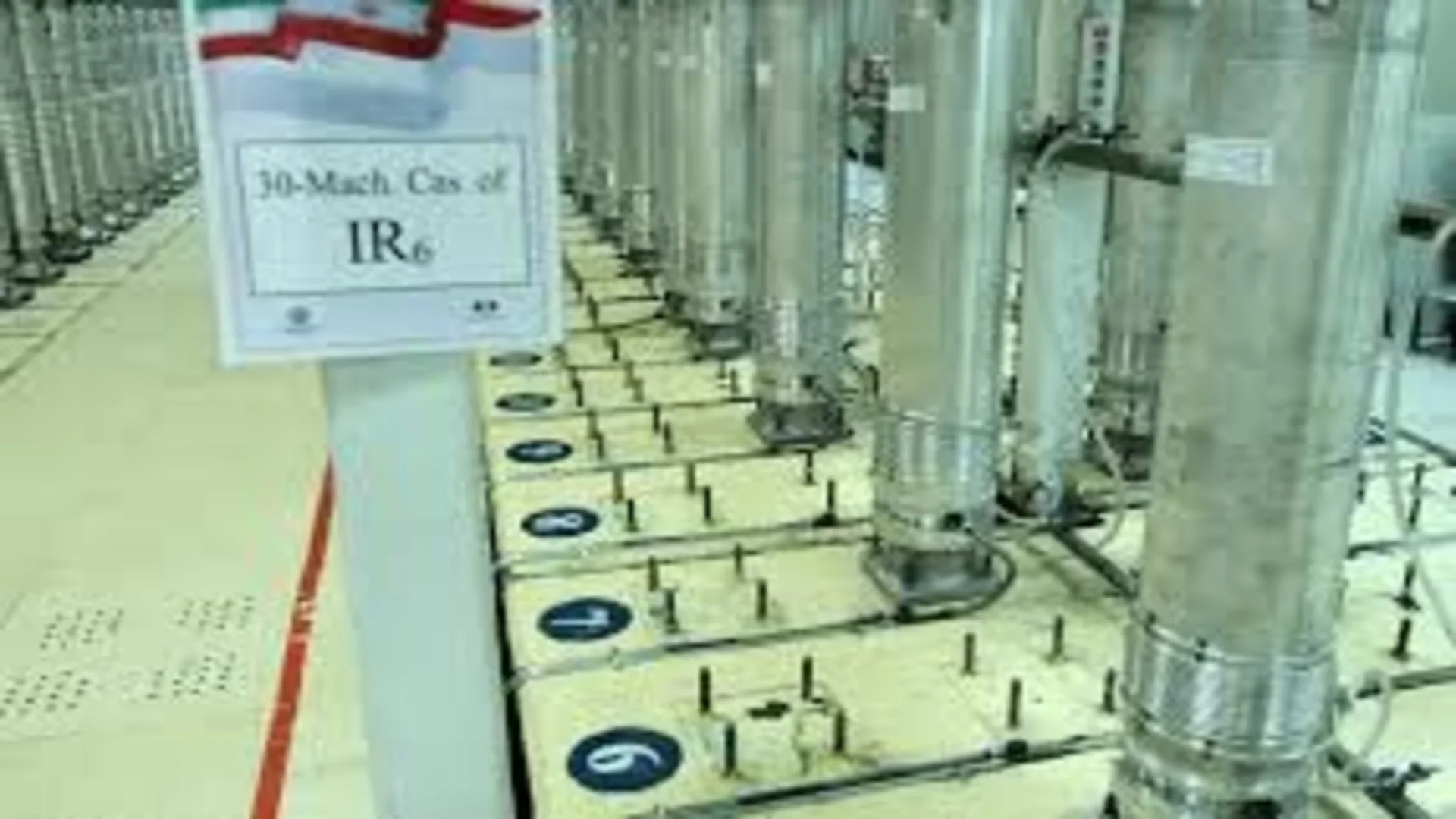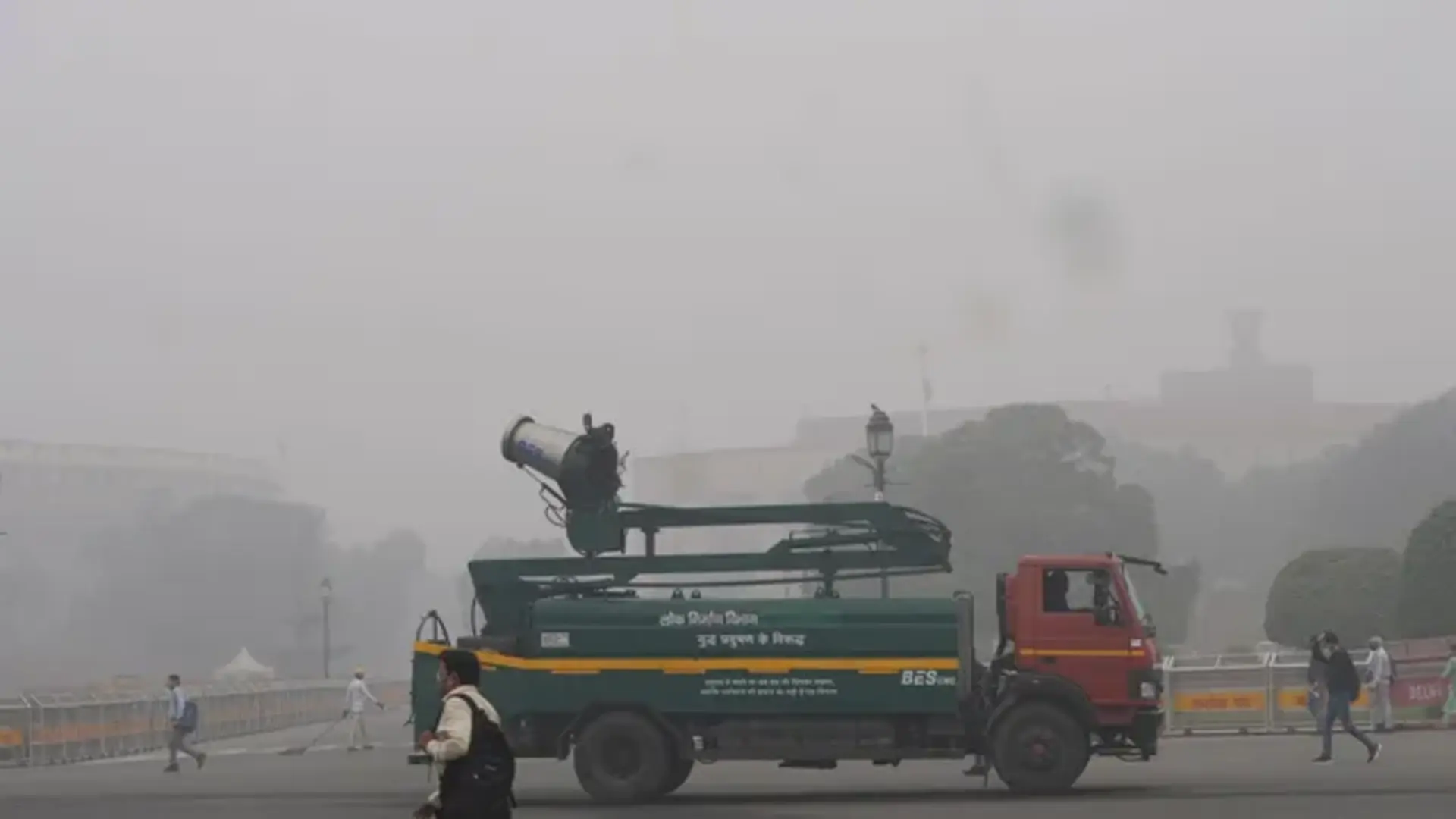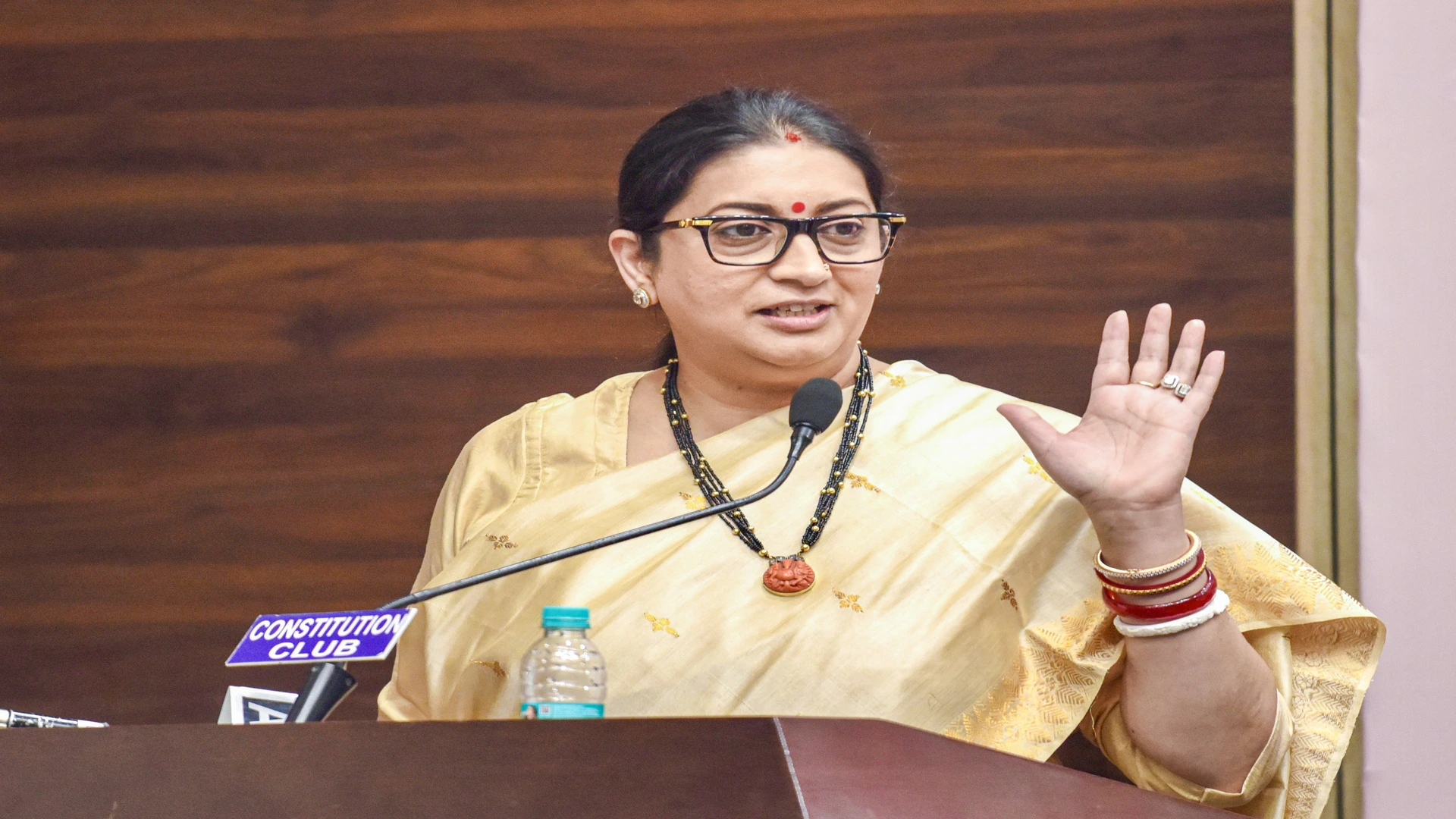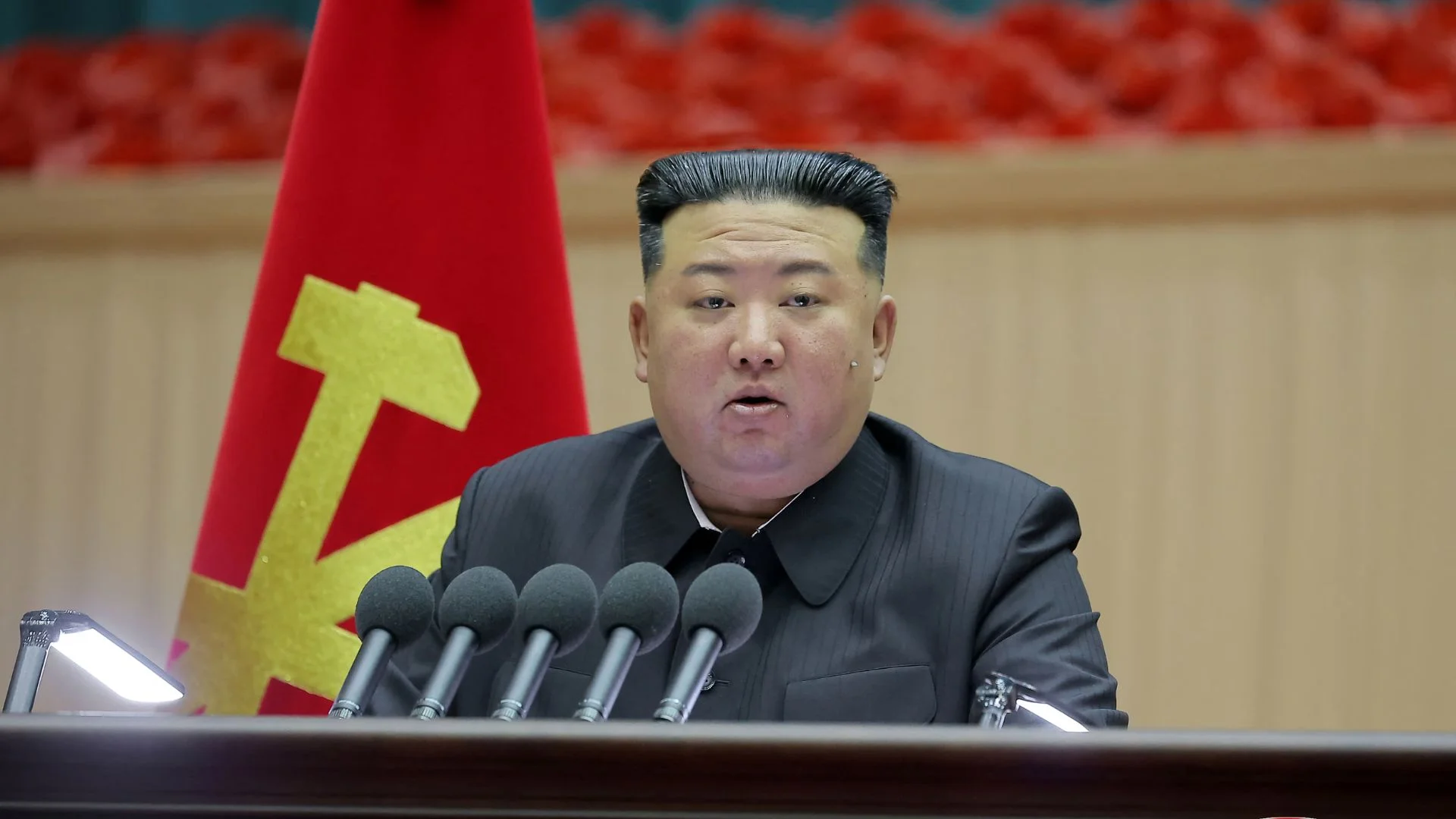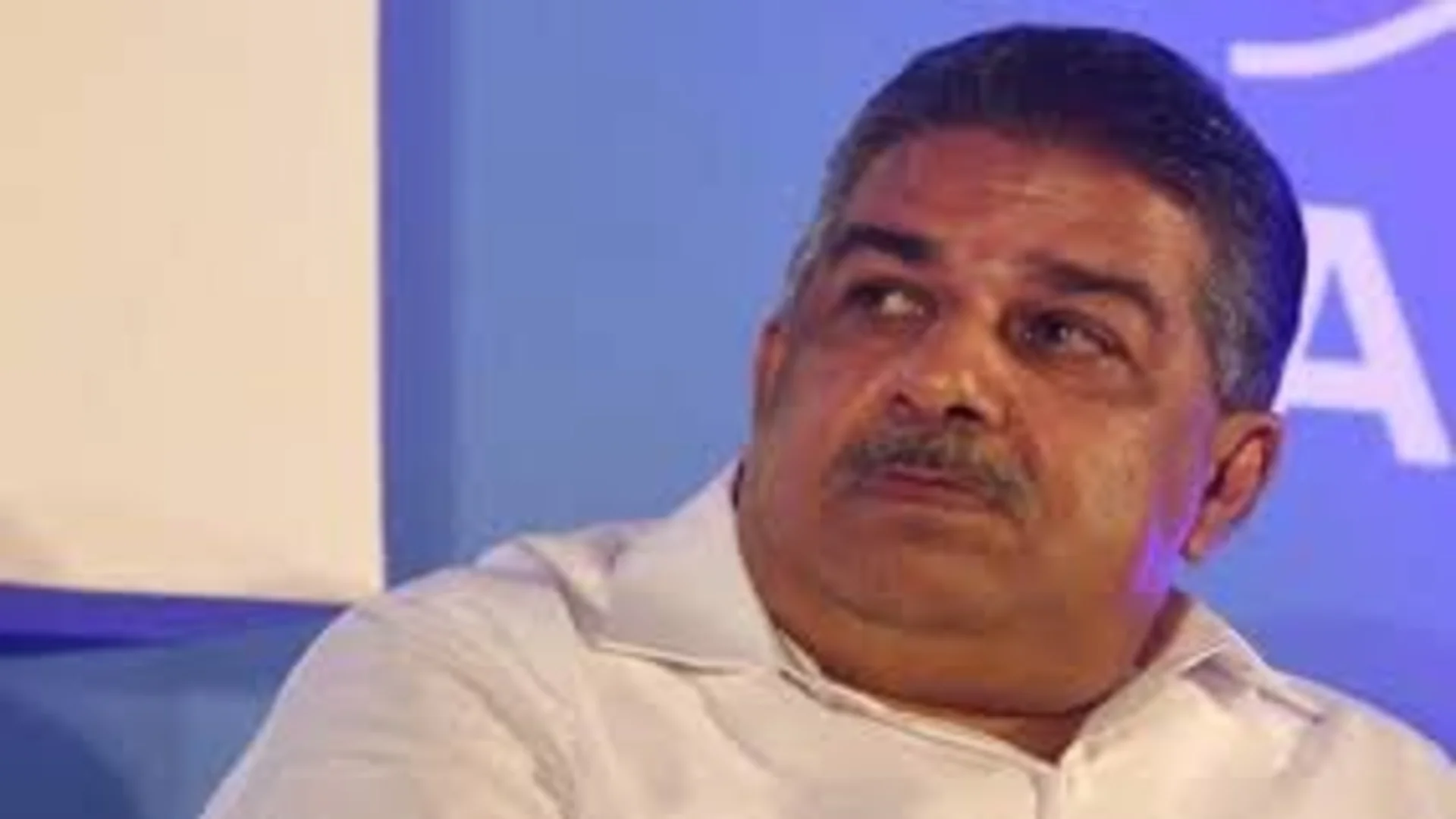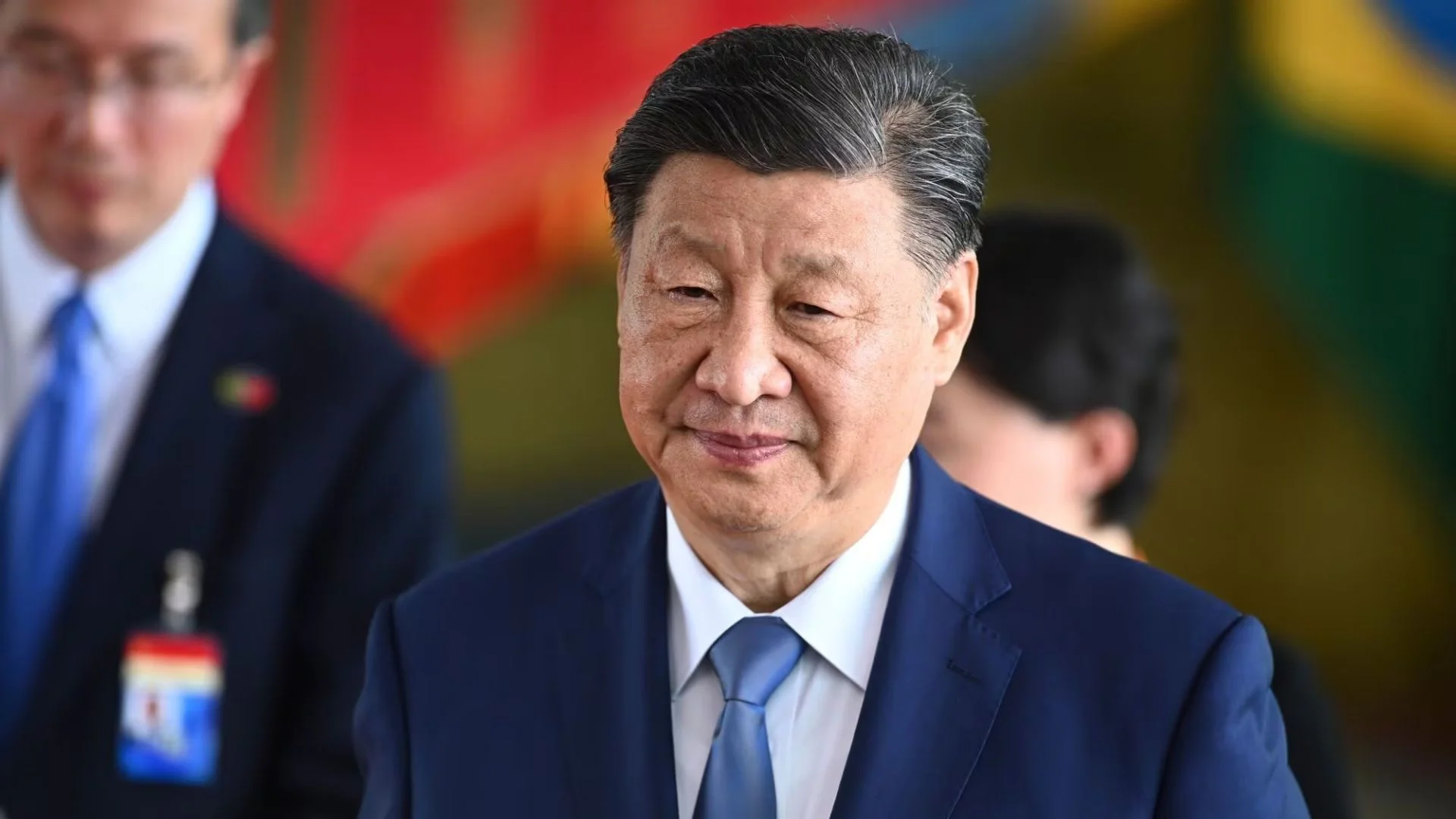
While setting the record straight, the Meghalaya High Court as recently as on February 9, 2023 in a learned, laudable, landmark and latest oral judgment titled Union of India & Anr. Vs Bina Khongbuh & Ors in MC (Review Pet.) No. 7/2022 in Review Petition No. 1/2023 declined the impassioned plea on behalf of the Union of India to at least observe that the judgment or the decision of November 29, 2021 which was being impugned in a review petition before it, may not operate as a precedent. We ought to note here that a Division Bench of Hon’ble Mr Chief Justice Sanjib Banerjee and Hon’ble Mr Justice W. Diengdoh in this very noteworthy judgment minced just no words to hold that, “Judicial discipline commands that a level of consistency is maintained and the concept of finality that is of paramount importance has more to do with consistency rather than correctness. At any rate, at this level and in the absence of the special power under Article 142 of the Constitution, the High Court is bound by the doctrine of precedents.” Very rightly so! At the very outset, this brief, brilliant, bold and balanced oral judgment authored by Hon’ble Mr Chief Justice Sanjib Banerjee for a Division Bench of the Apex Court comprising of himself and Hon’ble Mr Justice W. Diengdoh sets the ball in motion by first and foremost putting forth in para 1 that, “In view of the good grounds shown and the importance of the matter, the delay of about 277 days in seeking review is condoned and the matter is taken up for immediate consideration. MC (Review Pet.) No.7 of 2022 is disposed of.”
As we see, the Division Bench then states in para 2 that, “The scope of the matter is rather limited. In this review petition, the Union questions the propriety of a judgment and order of November 29, 2021 passed on a petition under Article 226 of the Constitution in which an order passed by the Central Administrative Tribunal had been challenged.” To put things in perspective, the Division Bench envisages in para 3 that, “The essence of the matter is as to whether a lecturer at the College of Nursing run by the North Eastern Indira Gandhi Regional Institute of Health and Medical Sciences (NEIGRIHMS) would be entitled to the same grade pay as a viceprincipal in a School of Nursing run under any institution by the Union Ministry of Health and Family Welfare.
By the judgment and order impugned in the writ petition dated March 15, 2019, it was held that in view of an office memorandum dated February 10, 2009 issued by the appropriate Union Ministry indicating the revision of pay scales of teaching nursing personnel in the Government of India institutions on the basis of the recommendation of the Sixth Pay Commission, lecturers at the NEIGRIHMS College of Nursing were entitled to the same grade pay as viceprincipals in other Schools of Nursing run by the Union Ministry. Such position was accepted by this Court in the judgment and order of November 29, 2021 when this Court refused to interfere with the plausible view taken by CAT.” As it turned out, the Division Bench observes in para 4 that, “A petition for special leave to appeal to the Supreme Court was carried by the Union against the order of this Court of November 29, 2021. However, before the petition for special leave could be admitted or rejected, a prayer was made to withdraw the petition for special leave to appeal with liberty to approach this Court in review. Such liberty was granted by an order dated April 22, 2022.
The present petition has been filed thereafter. At least another matter, wherein the same grade pay issue is involved, has remained pending since several adjournments have been obtained on behalf of the Union before this review petition has been pursued in right earnest.” Do note, the Division Bench mentions in para 5 that, “To start with, it must be recorded that the scope of review is rather restricted. The authority that is exercised in course of a review petition is not akin to either appellate or revisional jurisdiction. Grounds of review are limited and, essentially, are confined to new or subsequent discovery of material that may not have been available at the time of the original hearing despite exercise of due diligence; or, an apparent error on the face of the record or the like. The particular ground that is pressed into service here is that a key fact could not be brought to the notice of this Court at the time that the order of November 29, 2021 was passed.” Simply put, the Division Bench observes in para 6 that, “It must also be observed that the extent of judicial review that was being exercised in respect of a quasi-judicial order gave limited scope to this Court while deciding the writ petition in the first place.
The point now sought to be canvassed at the review stage in this Court ought, ideally, to have been urged before the CAT in the original proceedings. It was also open to the writ petitioner to press such ground in course of the original writ petition; but the Union having chosen not to rely on such point, it has now to be assessed whether the point was available to the Union at the initial stage for it to be taken into account at this stage, despite the Union’s failure to urge the same earlier.” Quite forthrightly, the Division Bench seeks to underscore in para 7 stating that, “For the present purpose, the Union seeks to rely on the essential qualifications for the post of viceprincipal in the NEIGRIHMS College of Nursing and those for the post of lecturer in the same college.
The argument is of no merit. Indeed, the office memorandum of February 10, 2009 equated the post of vice-principal in a School of Nursing and senior lecturer in a College of Nursing for the same grade pay to be announced for both cadres. It was not as if the memorandum of February 10, 2009 equated vice-principals of Colleges of Nursing with lecturers of Colleges of Nursing. As would be evident from the memorandum, a vice-principal of a College of Nursing was entitled to a grade pay of Rs.7600 against the common grade pay indicated in such memorandum for vice-principals of Schools of Nursing and senior lecturers of Colleges of Nursing. At any rate it is only a new ground that is sought to be canvassed and not any new material brought on record. The material on which the new ground is founded was available even before the CAT.
Since such material was already available, but the ground not asserted, the petitioner is now estopped from urging the same in review.” Needless to state, the Division Bench specifies in para 8 that, “The ancillary ground that the Union brings is that there was an obvious mistake in the office memorandum of February 10, 2009 in that it referred to senior lecturers but did not refer to lecturers. For such purpose, the Union refers to the five posts available at the NEIGRIHMS College of Nursing, namely principal-cum-professor, viceprincipal-cumprofessor, reader/associate professor, lecturer and tutor/clinical Instructor. The Union asserts that the post of lecturer in a College of Nursing was not at all covered by the office memorandum of February 10, 2009 though senior lecturers were indicated therein.
The Union submits that the posts indicated in the office memorandum of February 10, 2009 conformed to those in other schools or colleges of nursing under the Union Health Ministry and the fact that a different cadre structure was prevalent at NEIGRIHMS or some of the other Colleges of Nursing had not been taken into account in issuing such memorandum.” Quite ostensibly, the Division Bench then holds in para 9 that, “If it were to be accepted that the memorandum of February 10, 2009 had been erroneously issued, there ought to have been a quick corrigendum thereto. At any rate, upon NEIGRIHMS receiving a copy of such office memorandum, it would have been expected of NEIGRIHMS to immediately write to the Ministry to rectify the purported mistake in the said memorandum. No such measure was taken by NEIGRIHMS within any reasonable time of the issuance of the said memorandum, though NEIGRIHMS continued to pay Rs.5400 as grade pay to lecturers on the basis of the recommendation in such regard by the Sixth Pay Commission.” Of course, the Division Bench then states in para 10 that, “It is elementary that a pay commission is tasked with the brief of making recommendations and it is for the government to ultimately accept the recommendations, whether to the hilt or to some extent. Indeed, despite the recommendations of a pay commission providing for a lower pay scale or grade pay, it is always open to the government or the relevant employer to indicate a higher pay scale or a higher grade pay. On the other hand, if, despite the recommendation of a pay commission being for a higher level, the government seeks to implement a lower level, unless there is good reason therefor, the same may be amenable to a challenge. However, when the converse occurs and an employer or the government seeks to improve on the recommendations made by the pay commission, no question can be asked.
It is entirely the prerogative of the employer to give a greater benefit to its employees than what may have been recommended by a pay commission.” Quite naturally, the Division Bench holds in para 11 that, “It is in such light that the office memorandum of February 10, 2009 must be seen. It is true that the post of lecturer is not indicated in such office memorandum and the closest to such post is senior lecturer in a College of Nursing. However, since such memorandum was not sought to be rectified in any manner or form till the lecturers, who had been offered a lower grade pay than as indicated in the office memorandum, moved the CAT, a belated plea of mistake could no longer have been raised at such stage.” Be it noted, the Division Bench lays bare in para 12 noting that, “The Union claims that NEIGRIHMS wrote to the relevant Ministry in or about the year 2016 following a resolution by its governing body that the grade pay indicated for senior lecturers in the office memorandum of February 10, 2009 would not apply to lecturers in the NEIGRIHMS College of Nursing.
Two aspects must be referred to in this context. First, notwithstanding the recommendation as to the grade pay of lecturers made by the Sixth Pay Commission, when the office memorandum was issued by the Ministry, NEIGRIHMS had either to follow such office memorandum or to seek a clarification in such regard. NEIGRIHMS, on its own, could not have gone back to the recommendation of the Sixth Pay Commission and, in effect, override the binding instructions that it received from its governing Ministry by the office memorandum of February 10, 2009. Secondly, when an authority in seisin of a recommendation takes a decision pursuant thereto, there is a presumption that all relevant factors have been taken into account and the decision has been consciously made. No reason has been indicated as to how the mistake may have occurred and why the purported mistake did not receive any attention for a period in excess of seven years before it was sought to be rectified upon receiving notice from the lecturers that they may pursue their cause before a quasilegal forum.”
As a corollary, the Division Bench holds in para 13 that, “For the reasons aforesaid, neither the judgment under review of November 29, 2021 nor the order of the CAT of March 15, 2019 calls for any reconsideration, at least on the specious ground therefor cited in the present proceedings. Accordingly, Review Petition No.1 of 2023 is dismissed.” Most notably, the Division Bench mandates in para 14 holding that, “As a footnote, it may be mentioned that a rather impassioned plea has been made on behalf of the Union for this Court to at least observe that this judgment or the decision of November 29, 2021 may not operate as a precedent. It may be said in such connection that judicial discipline commands that a level of consistency is maintained and the concept of finality that is of paramount importance has more to do with consistency rather than correctness. At any rate, at this level and in the absence of the special power under Article 142 of the Constitution, the High Court is bound by the doctrine of precedents to not make the observation that is sought by the Union herein.” Finally, the Division Bench concludes by holding in para 15 that, “There will be no order as to costs.” In essence, the Meghalaya High Court has very rightly held that consistency and finality of judgments are paramount over correctness in order to ensure judicial discipline. No doubt, this must be definitely adhered to by all the courts as laid down in similar such cases. No denying it!
